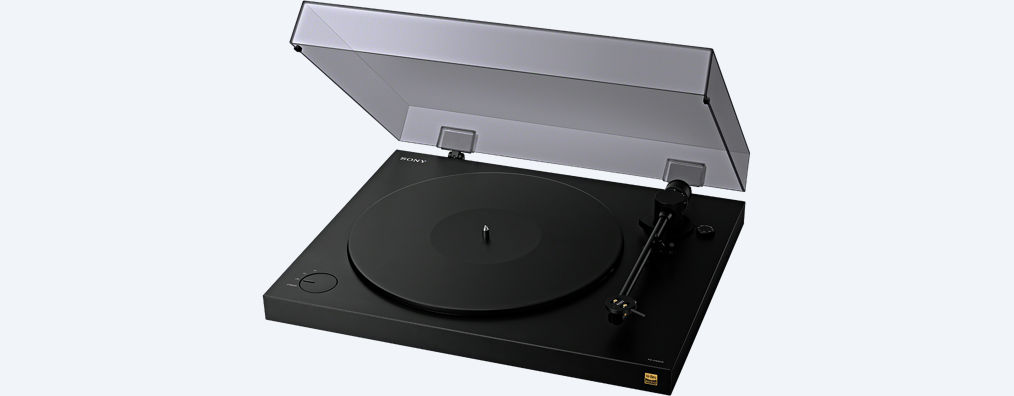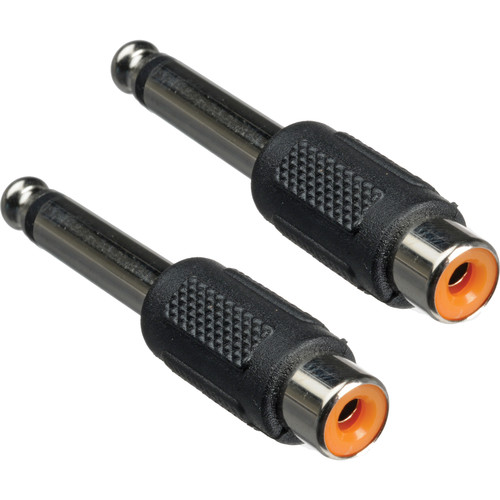
Gary Dell'Abate's Vinyl Collection. Photo from Howardstern.com.

Gary Dell'Abate's Vinyl Collection. Photo from Howardstern.com.
If you do nearly all of your music listening at home it may be best to save your digital audio collection on a hard drive or solid state memory device rather than CDs. That way you save space and can have your computer play the music continually. If you will play your music mostly at home you can maintain your music in a lossless, full quality digital audio format such as .wav or .aiff.
If you often listen on a portable device, and/or your car audio system works with a USB stick, then you might want to record MP3s rather than full quality digital audio. When you record or convert music to an MP3 file you can determine the quality of the files. Higher quality files require more storage space but with the relatively low cost of storage these days, that is less of a concern that it was in the past.


TEAC's LP-R550USB (discontinued but selling for $349 on Amazon) and the soon to be available LP-R660USB-PB are described by TEAC as "full audio – and dubbing – system[s] complete with turntable, CD recorder, cassette player, computer interface, and AM/FM tuner. Drop your record on the three-speed turntable, place a blank audio CD-R or CD-RW in the CD drive and hit record – transferring your music collection into a digital, portable format couldn't be simpler! In addition to CD recording, the LP-R660-PB also features a built-in cassette player and an AM/FM tuner. And lastly, a pair of built-in speakers makes it the perfect desktop music system for home or office. The LP-R660-PB includes a USB output to connect to a computer. Record albums, CDs radio or cassette to your Mac or Windows software, and add the files to your music library to bring along anywhere..."

Note that if you are recording audio from a turntable the low level signal it outputs needs to be pre-amplified before it can be recorded. If your turntable is connected to a stereo receiver, you can use the receiver's "Tape Out" connectors to provide a preamplified signal. This is the traditional method for connecting an audio recorder to a home system so that any of the receiver's inputs can be recorded.
Note that if you are recording audio from a turntable the low level signal it outputs needs to be pre-amplified before it can be recorded. To connect your turntable directly to an audio interface you need one that has a built-in preamplifier and "Phono" inputs.

Another option is a turntable with a built-in preamp and analog to digital convertor that outputs directly to USB. If you have a good quality turntable, cartridge and preamp, it might give you lower quality than using your current system. However, the Sony PS-HX500 Turntable (approx $500.) is capable of encoding high quality DSD format files.

The ART USB Phono Plus (approx $80.) has built-in phono inputs. An advantage to this device is that so you don't have to use a preamp or your receiver's outputs to feed the interface. This allows you to use the rest of your audio system for other purposes while you are transferring vinyl records to digital audio. The ART USB PhonoPlusPS ships with the Audacity audio editing and processing application. Another choice is the The Behringer U-PHONO UFO202, (approx $30.) one of the cheapest options for making recordings of music from a turntable. Note that if you have a high quality preamp or receiver you will probably not get the same audio quality with either of these low cost interfaces.
If you do have your turntable connected to a preamp or receiver then you can use an audio interface that does not include a preamp and Phono input. Consumer equipment uses high impedance RCA cables and connectors for analog audio inputs and outputs. You will need adaptors or other equipment to connect your signal if your audio interface does not have high impedance RCA audio inputs.

A low cost choice with RCA inputs is the Behringer UCA202 (approx $30.).

Moving up in price and probable quality, check out the Lexicon Alpha (approx $60.).You'll need a couple of RCA to 1/4" Phone adaptors to connect your consumer receiver or preamp to the Lexicon, but that is not a big deal since the inputs can handle both low and high impedance signals.

RCA to 1/4" Phone adaptors. Picture from B&H Photo-Video-Pro Audio.
"How to Record Vinyl Records into a Computer" on the B&H Photo-Video-Pro Audio website
"Breathe new life into dusty vinyl by digitizing your LPs (the right way)" on the Digital Trends Website.
![]() Back to Oranj Productions Home
Page
Back to Oranj Productions Home
Page
Contact Info
All content Copyright 1993-2016 Oranj Productions.
All Rights Reserved. Commercial use, public distribution or presentation allowed with written permission only.